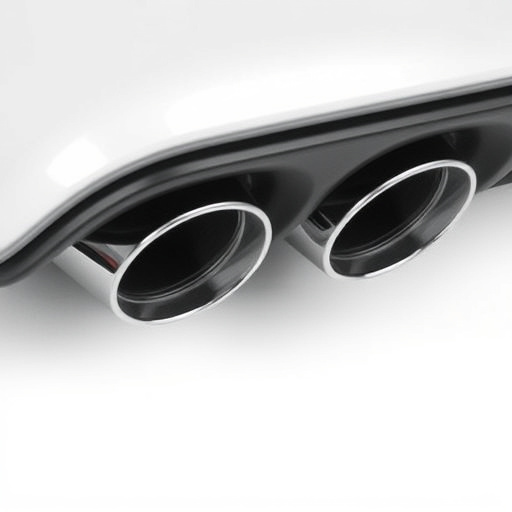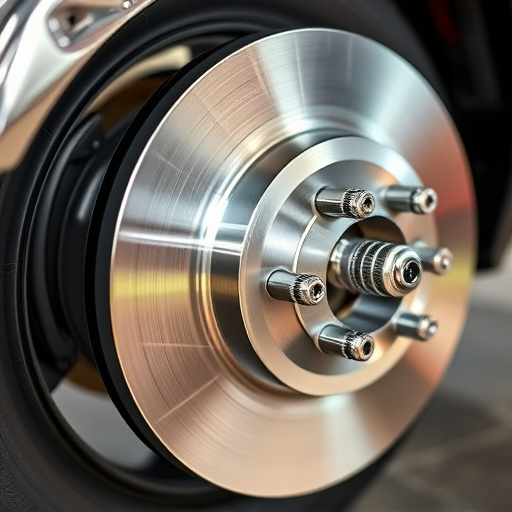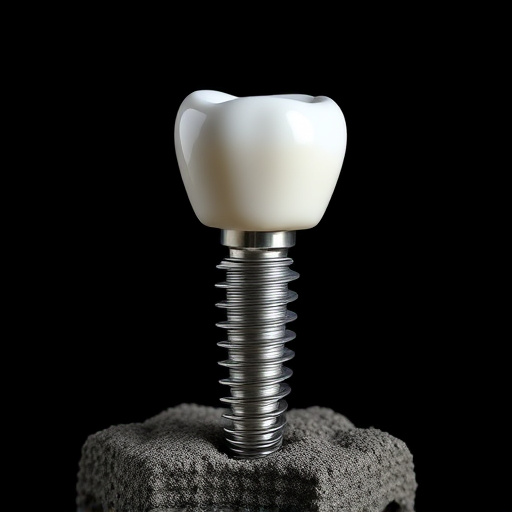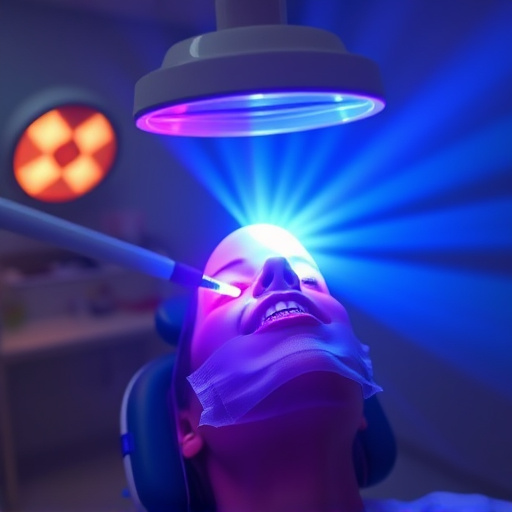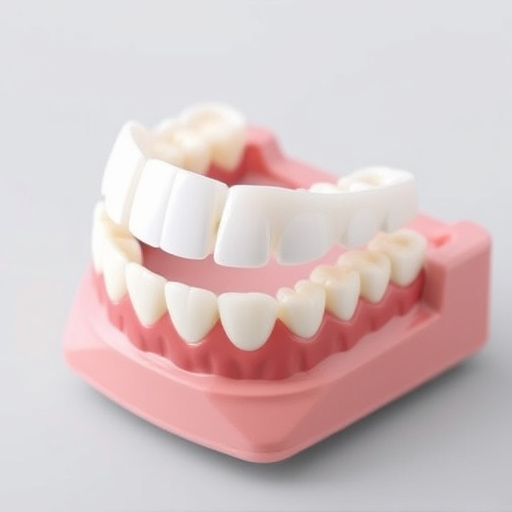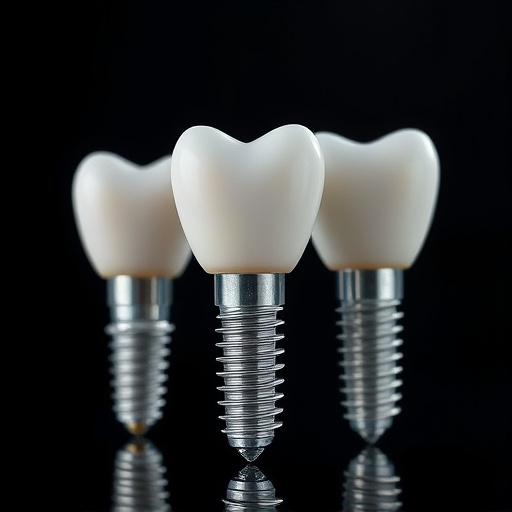Wisdom teeth removal is crucial for orthodontic treatments, addressing disruptions caused by partially erupted or impacted wisdom teeth. This strategic step ensures proper dental alignment, facilitating effective treatments like clear aligners or cosmetic fillings. Early removal during jaw development (17-25 years old) prevents gum infections and complications, ensuring smoother braces fitting and optimal oral health. Modern extraction techniques minimize pain, followed by a temporary recovery period of swelling and discomfort managed with standard care.
“Considering braces or orthodontic treatment? Understanding the role of wisdom teeth is crucial. This guide delves into the intersection of wisdom teeth removal and orthodontic needs. We explore why extraction may be necessary for optimal brace alignment, detailing the procedure, recovery timeline, and long-term care. Stay informed about this common yet significant step in achieving a beautiful, healthy smile. Learn more about effective wisdom teeth removal practices.”
- Understanding Wisdom Teeth and Orthodontic Alignment
- When and Why Removal is Necessary for Braces
- The Procedure, Recovery, and Long-Term Care After Extraction
Understanding Wisdom Teeth and Orthodontic Alignment

Wisdom teeth, also known as third molars, are the last set of teeth to emerge, often appearing in late adolescence or early adulthood. They play a minimal role in chewing and can cause various issues if they partially erupt or remain impacted beneath the gumline. In many cases, orthodontists recommend wisdom teeth removal as part of an overall orthodontic treatment plan. This is because wisdom teeth can disrupt the alignment of other teeth, leading to crowding, impaction, or even damage to adjacent teeth and gums.
Orthodontic alignment refers to the correct positioning of teeth within the jawbone. When wisdom teeth are present and causing problems, they may need to be extracted to create space for the rest of the teeth to move into their proper positions. This is particularly important in cases where traditional orthodontic treatments like clear aligners or cosmetic fillings are being considered. By addressing potential complications from wisdom teeth early on, patients can ensure smoother and more effective orthodontic care.
When and Why Removal is Necessary for Braces

In many cases, wisdom teeth removal is a crucial step in ensuring successful braces treatment and overall orthodontic health. The timing of this procedure is critical; it’s often recommended during the early stages of orthodontic care, usually between the ages of 17 and 25. During these years, the jaw is still developing, making it more adaptable to surgical procedures like wisdom teeth extraction. This adaptability is beneficial as it allows for better alignment of the teeth and proper fitting of braces.
There are several reasons why removal might be necessary before or during braces treatment. Firstly, if wisdom teeth are partially erupted or impacted (not fully emerged), they can disrupt the alignment of neighboring teeth, creating crowding and misalignment that braces aim to correct. Moreover, partial eruption can lead to gum infections and other dental issues, which could complicate orthodontic care. General dentistry practices often address these concerns through routine dental cleanings and examinations, monitoring any potential problems that might arise.
The Procedure, Recovery, and Long-Term Care After Extraction
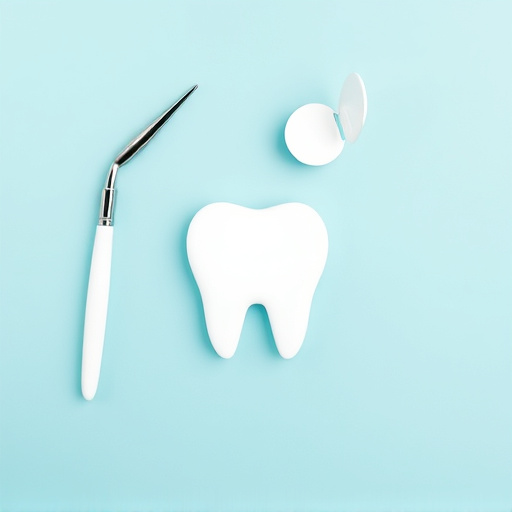
The Procedure
Wisdom teeth removal is a common procedure, especially for patients undergoing braces or orthodontic treatment. During the extraction, a dentist or oral surgeon gently removes the wisdom teeth, or third molars, from their sockets in the jawbone. This can be done under local anesthesia to minimize discomfort. In some cases, the tooth may be impacted, meaning it is partially or fully encased in the bone, requiring a more complex surgical approach. Modern dental techniques and technology ensure precise and safe extractions, minimizing post-operative pain and complications.
Recovery and Long-Term Care
After wisdom teeth removal, patients typically experience some swelling and mild discomfort for a few days. Ice packs can be applied to reduce inflammation, and over-the-counter pain relievers may be taken as directed by the dentist. It’s crucial to maintain good oral hygiene, avoiding the extracted site and surrounding teeth through gentle cleaning. Regular check-ins with the dentist are essential for comprehensive dental care, ensuring proper healing and addressing any potential issues that may arise. With the right aftercare, patients can expect a smooth recovery process, setting the stage for successful orthodontic treatment down the line.
Wisdom teeth removal is often a crucial step in achieving optimal orthodontic alignment. By addressing these teeth, orthodontists can ensure effective treatment outcomes, especially for those undergoing brace procedures. Understanding when and why removal is necessary empowers patients to make informed decisions regarding their dental health. With proper care during and after the procedure, including efficient recovery management, individuals can experience improved oral comfort and overall well-being, setting the stage for a beautiful, aligned smile that lasts a lifetime.


